May 19, 2025
Prairie Up! Benjamin Vogt: New Episode
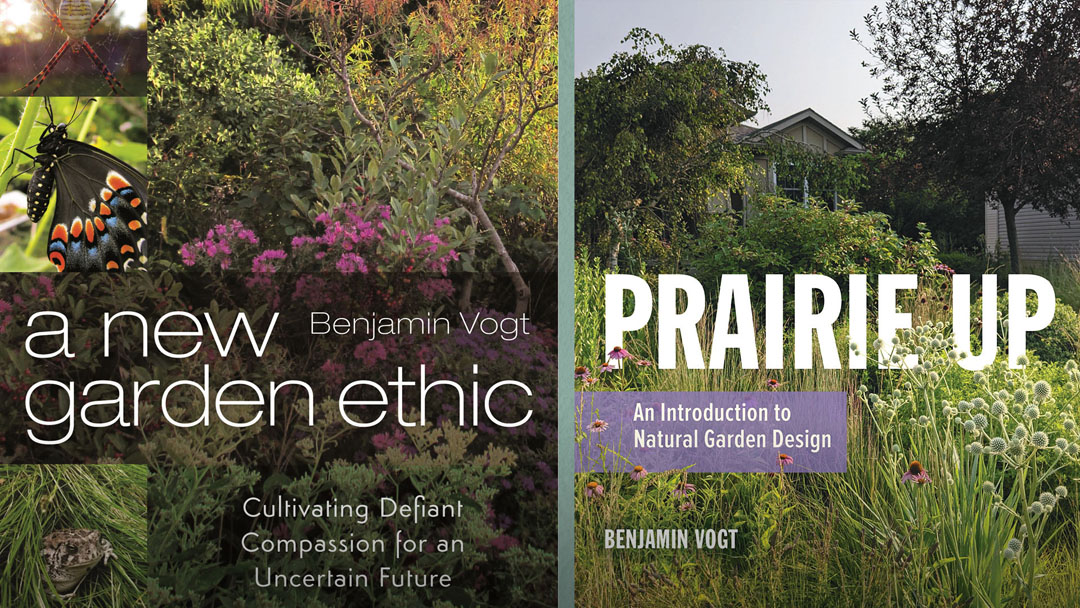
Benjamin Vogt–author, teacher and natural garden designer–is on a mission. He wants to engage an ever-growing community of gardeners who seek to understand the connectivity between plants and wildlife. Through his books, A New Garden Ethic, Cultivating Defiant Compassion for an Uncertain Future and Prairie Up: An Introduction to Natural Garden Design, he guides our process to beautiful, naturalistic plantings in our own yards.
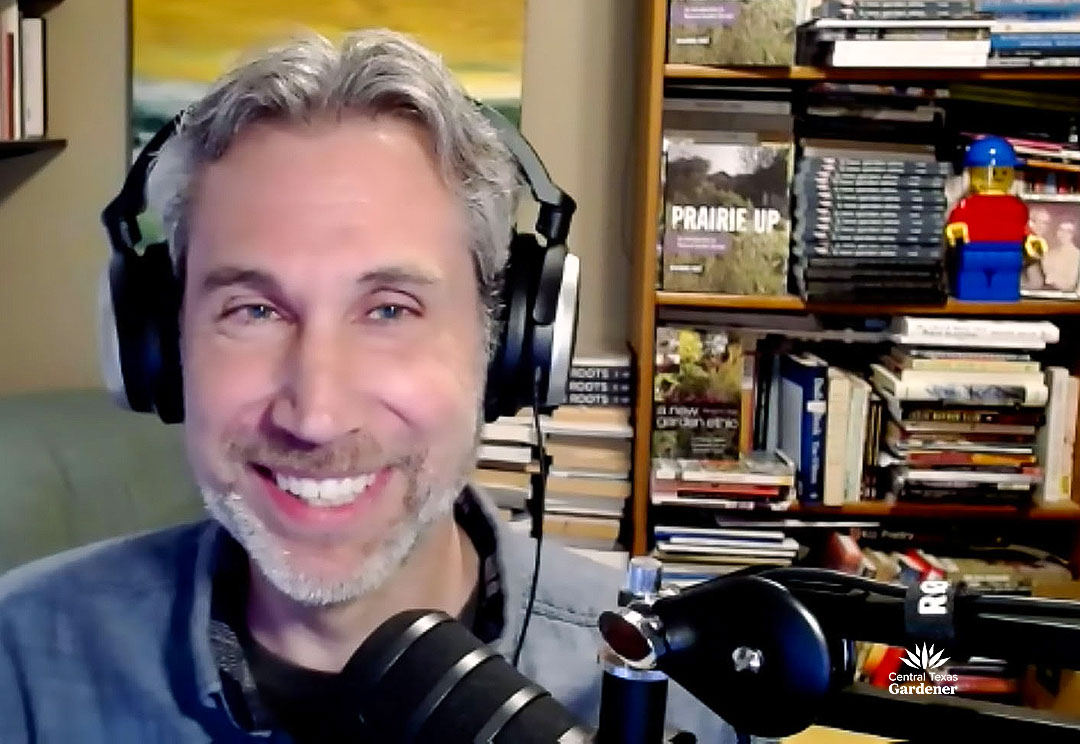
John Hart and I were thrilled that Benjamin could join us via Zoom from his home in Nebraska where he defied the lawn and foundation shrub convention for a picturesque tapestry of richly hued grasses and flowers. “I think especially now in these times, we’re doing this gardening work because we’re seeking this connection, we’re seeking to build this community. And building community with plants, with the wildlife that come to them just seems like Life 101, right?” he said.
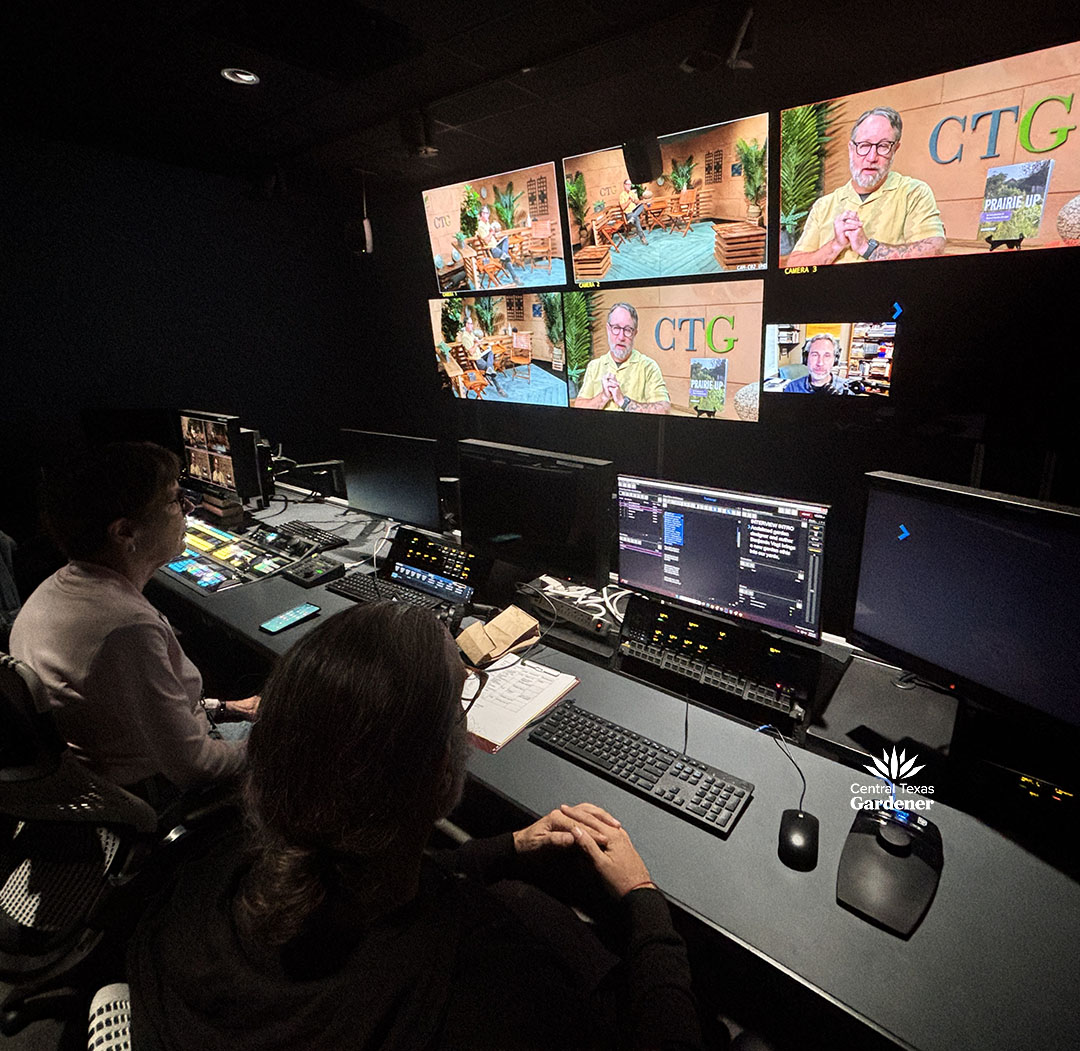
In his books, online classes, and webinars, Benjamin weaves together philosophy, science, and passion with how-to nitty gritty, planting techniques, design plans, and plant lists. He’s a hands-on poet who knows why we eschew planting one-gallon nursery pots in favor of plugs: “The effort of digging into thick sloppy clay where the top soil’s been stripped off after building a new home!” (And in Central Texas, that can be sticky clay or limestone bedrock!)
And above all, observation and compassion. “When I’m outside with my son listening to birds, we’re trying to think ‘what are they saying? What is that specific call?’ We’re looking at plants, observing them change over the season and how they’re interacting with other plants and pollinators around them. What is the communication that’s going on here? How can we be a part of this? Because this is so vital to our existence, right? Not just physical existence, but emotional existence as well,” Benjamin said.
Visit Benjamin’s website to sign up for online classes, webinars, and thought-provoking newsletters, and to follow on social media.
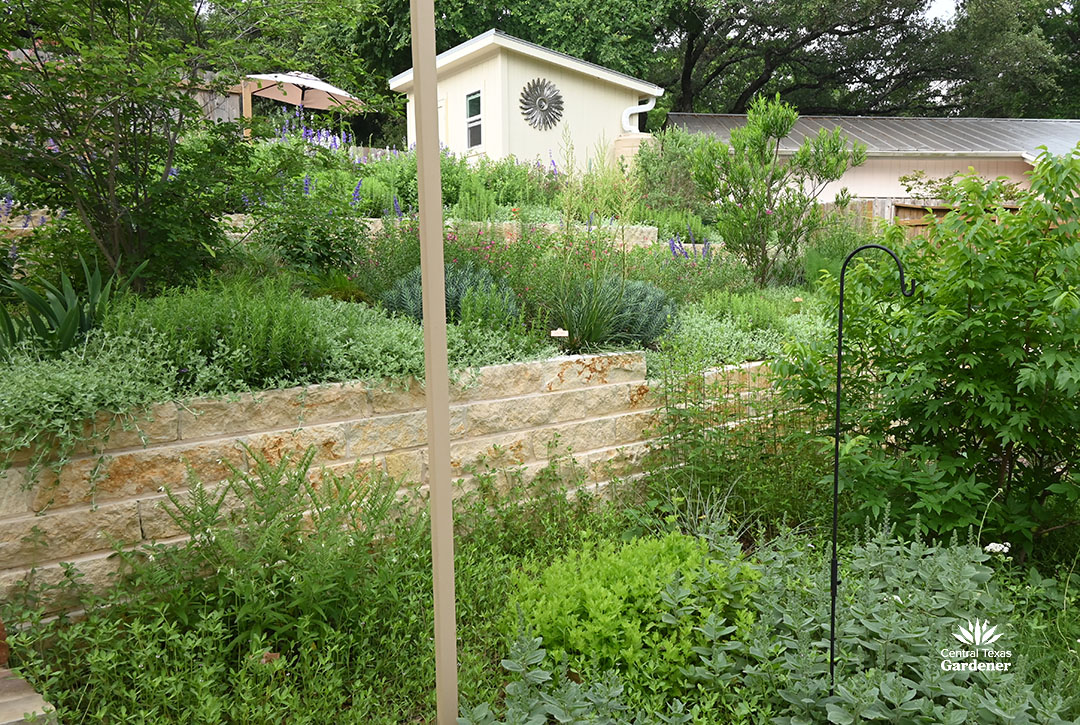
Here in Austin, landscape designers Leah Churner and Holly Gardovsky created plant communities in a hillside series of limestone beds. They selected their matrix planting of groundcovers, grasses, perennials, shrubs and small trees to beautifully support wildlife across the seasons.
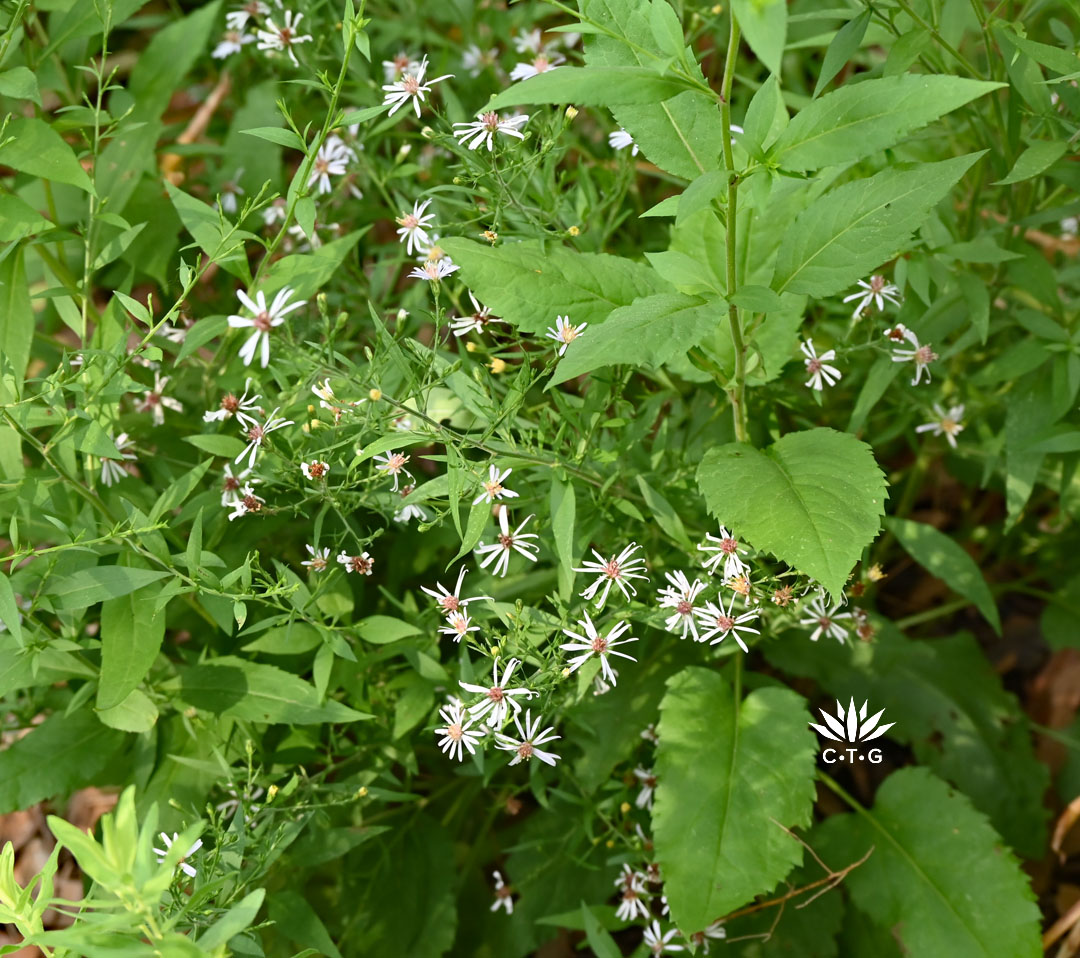
In my late May garden, native fall-blooming Drummond’s aster couldn’t resist a sneak preview to satisfy eager bees.
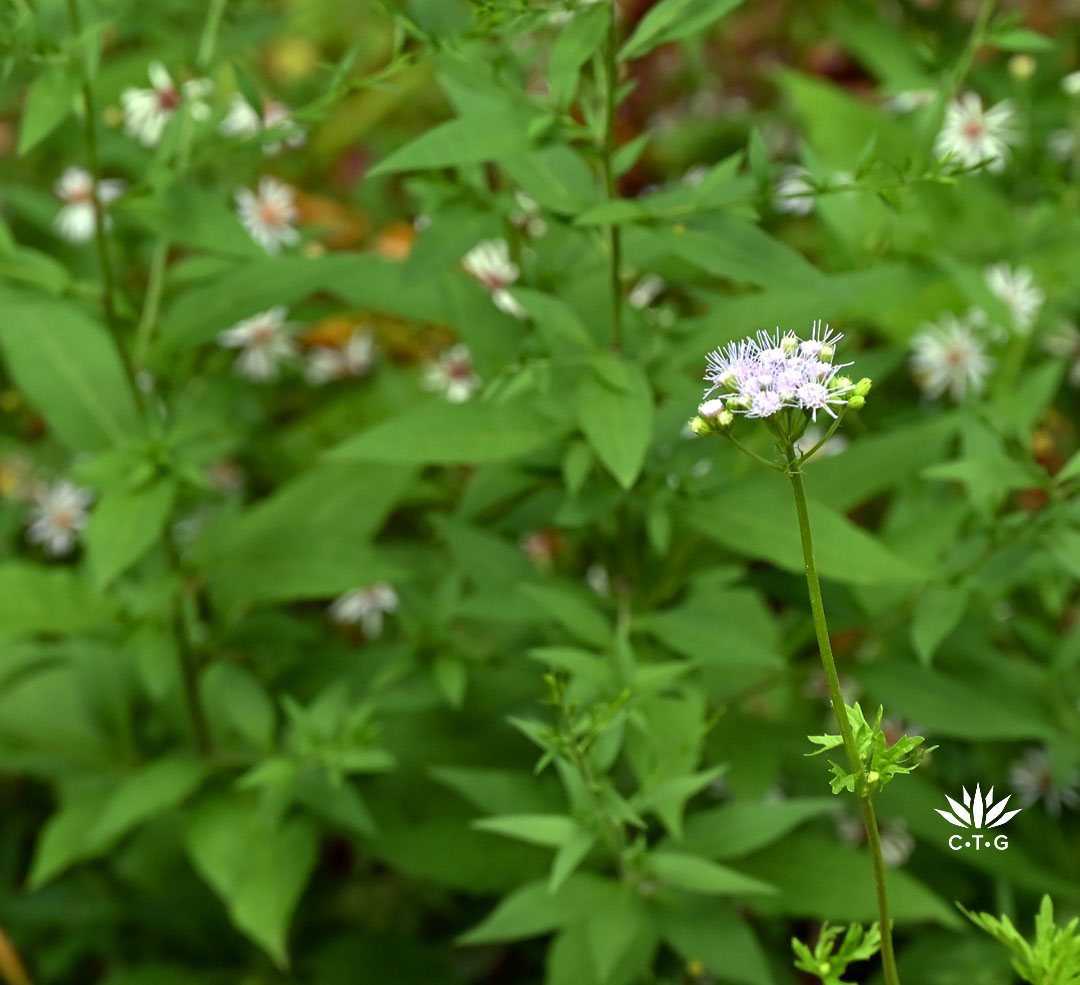
A recently planted Gregg’s mistflower jumped in, too, while established clumps bloom in clouds of lavender flowers. Butterflies sail in, though the big show is autumn when queen butterflies absolutely blanket them.
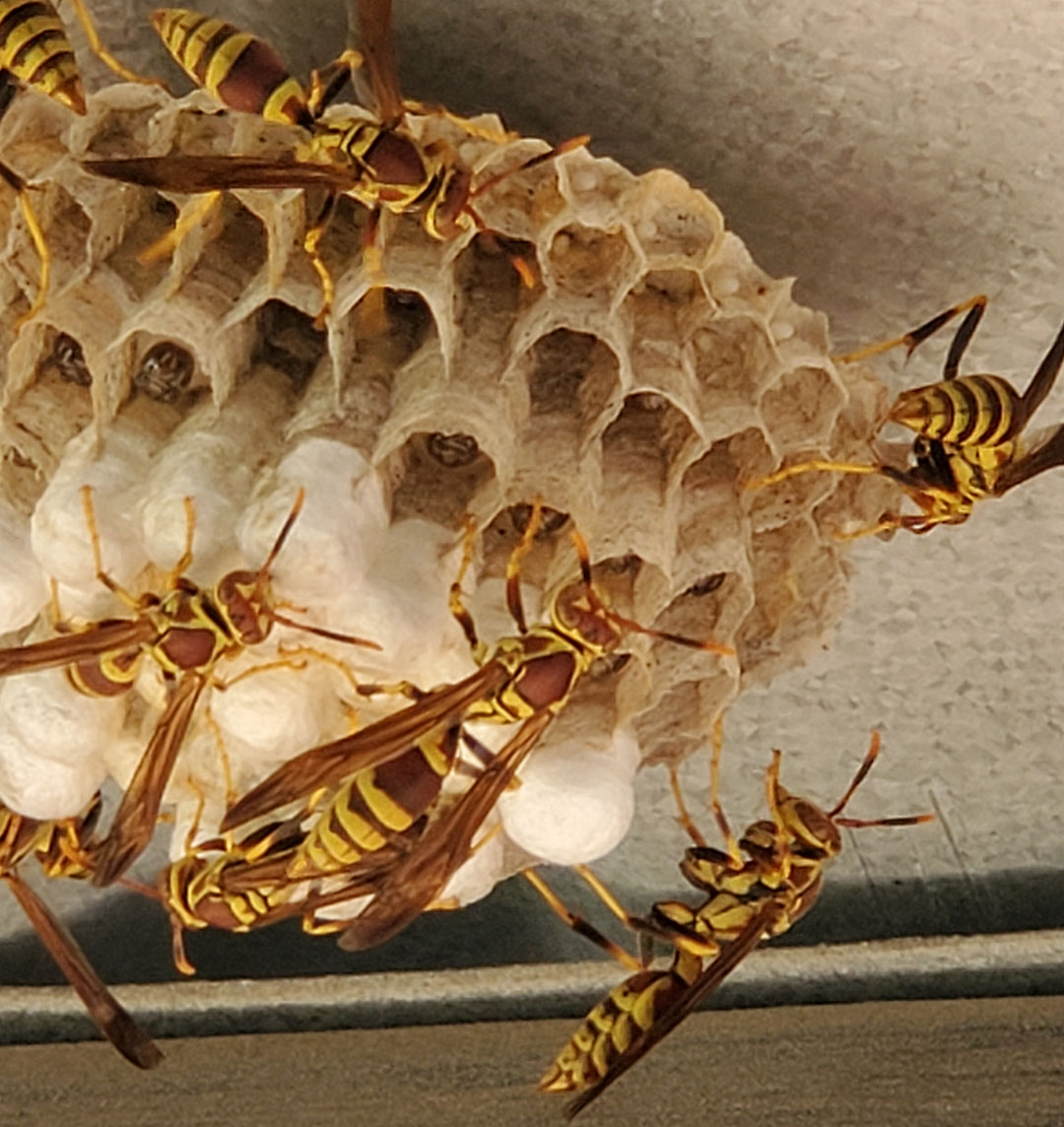
In our habitat gardens, wasps are valuable pollinators, like this Guinea wasp courtesy of our friend and Texas A&M AgriLife entomologist Wizzie Brown. Often, though, we bandy about the terms “wasp” and “yellowjackets” without really understanding what they mean.
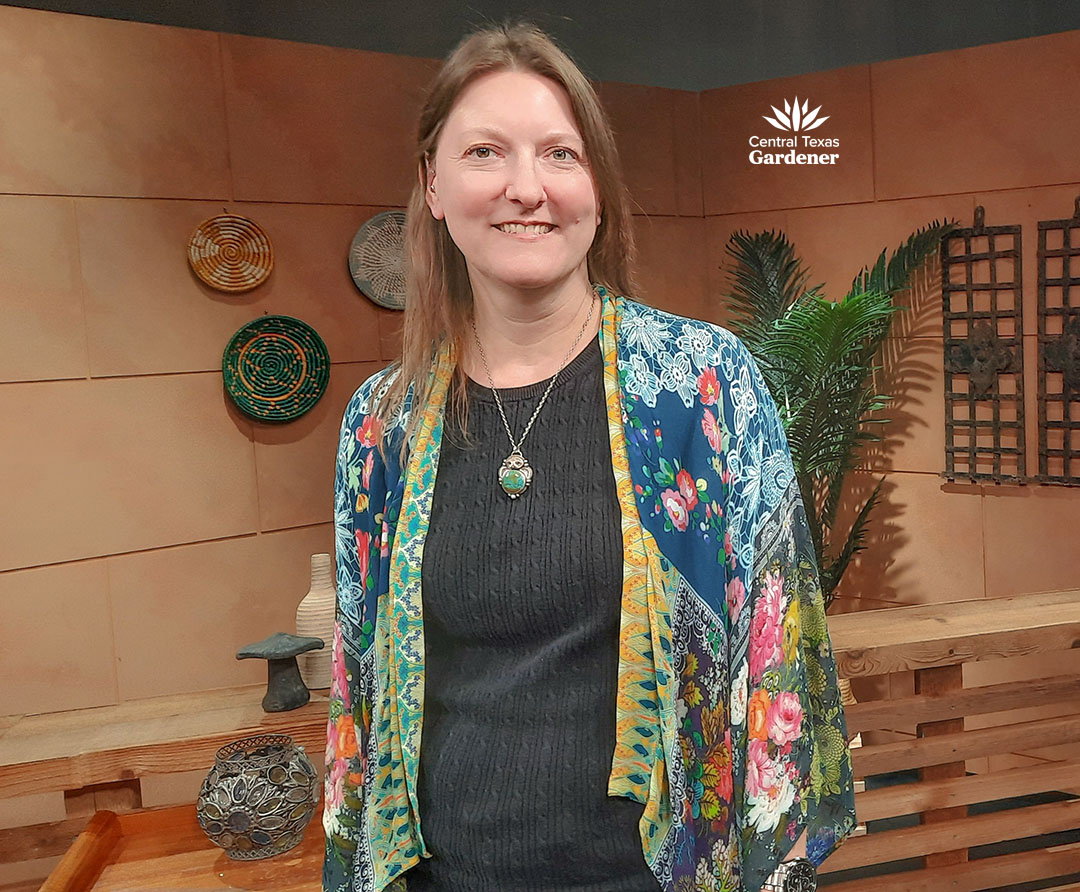
Plus, did you know that there are many kinds of paper wasps? To clarify for us all, I reached out to Wizzie to identify them and explain what they do. She also includes every child’s favorite summertime solitary wasp, the mud dauber!
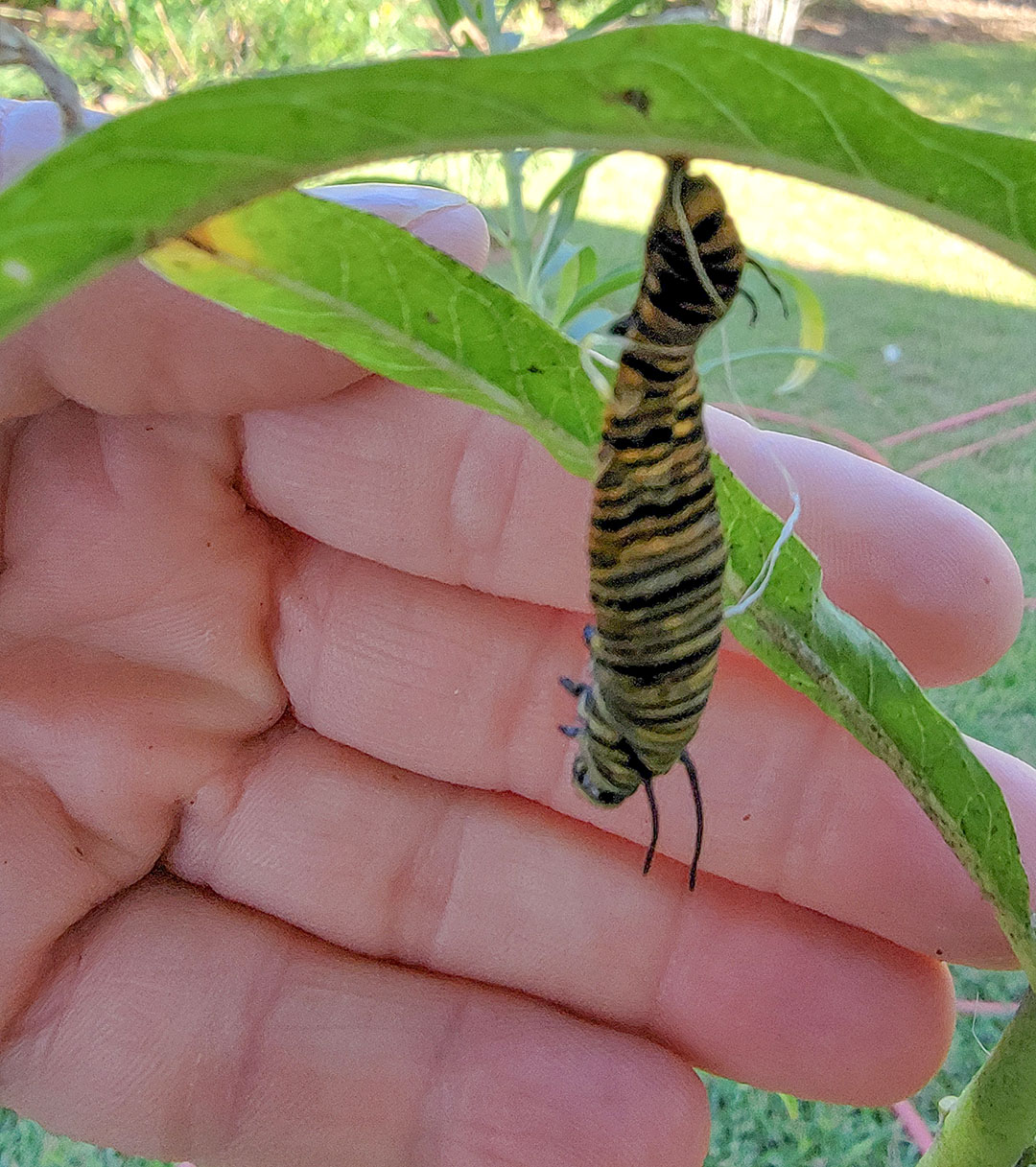
But she’s got bad news for gardeners who find monarch caterpillars like this one in viewer Valerie Stein’s garden. This is NPV, short for nuclear polyhedrosis virus. Caterpillars turn black and liquefy, eventually spreading virus particles over the plant to be consumed by other caterpillars. Wizzie’s advice: remove the caterpillars, bag them and throw them away. Foliage can be wiped with a 10% bleach solution, but she usually just prunes off that area of the milkweed and discards it. Sanitize tools to avoid spreading the virus to other plants.
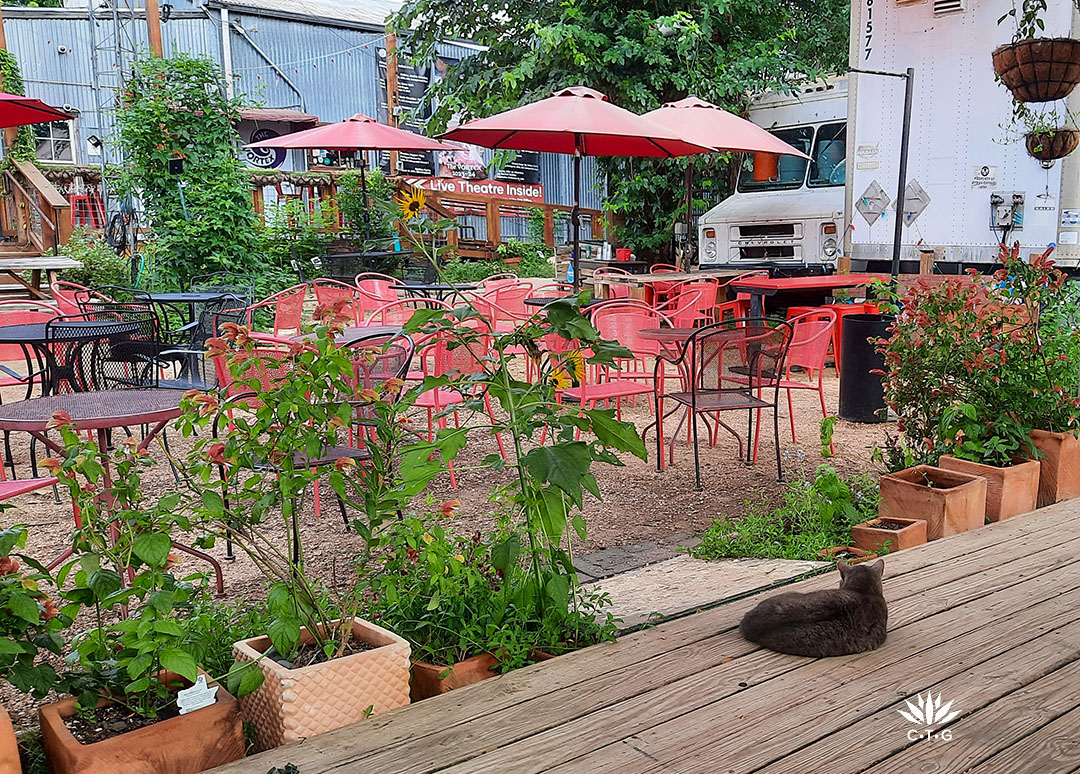
On tour: In a metamorphosis of once hard-packed earth at an abandoned warehouse, an urban butterfly sanctuary restores life to soil and soul in daily pollinator shows at The VORTEX Repertory Theater.
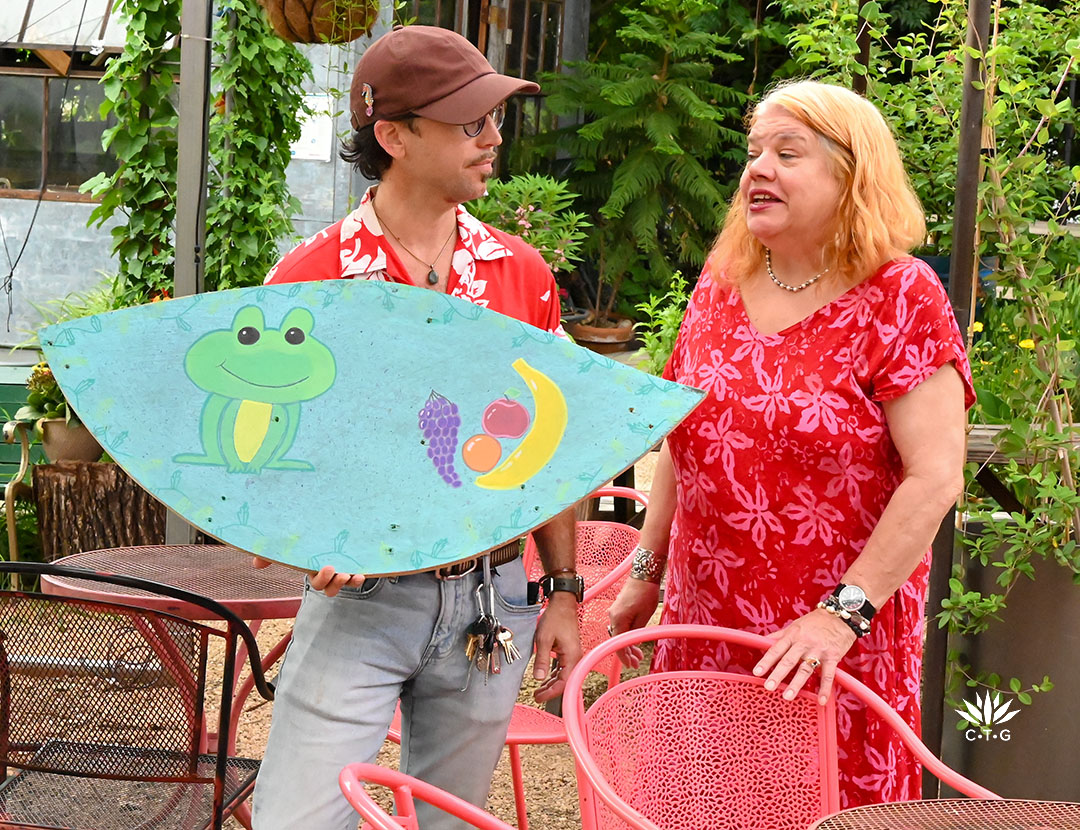
Bonnie Cullum, theater co-founder and producing artistic director, and Alex Cogburn, box office manager and Butterfly Garden keeper, engage the community indoors and out in today’s important issues, including habitat loss. Read more and watch their story!
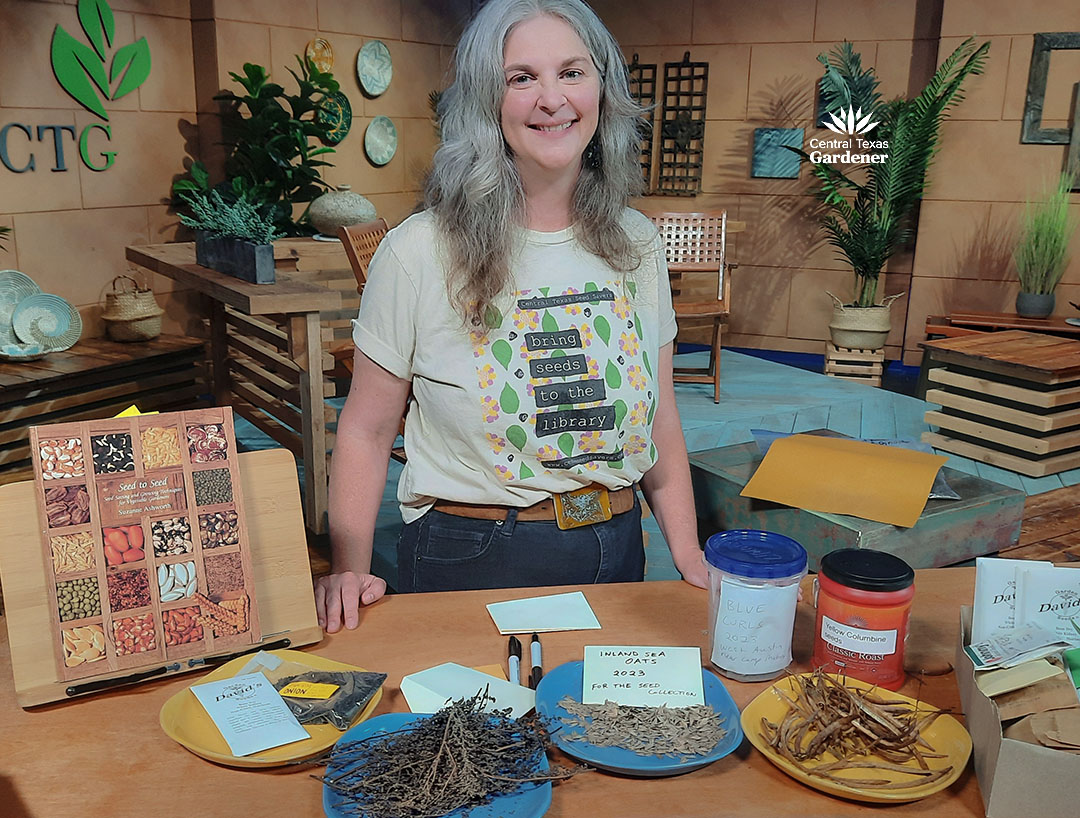
Finally, do you have seeds to share? Or perhaps you’re starting a garden or looking for interesting seeds. Thanks to the Central Texas Seed Savers, co-founded by landscape consultant Colleen Dieter, we can check them out at a local library!
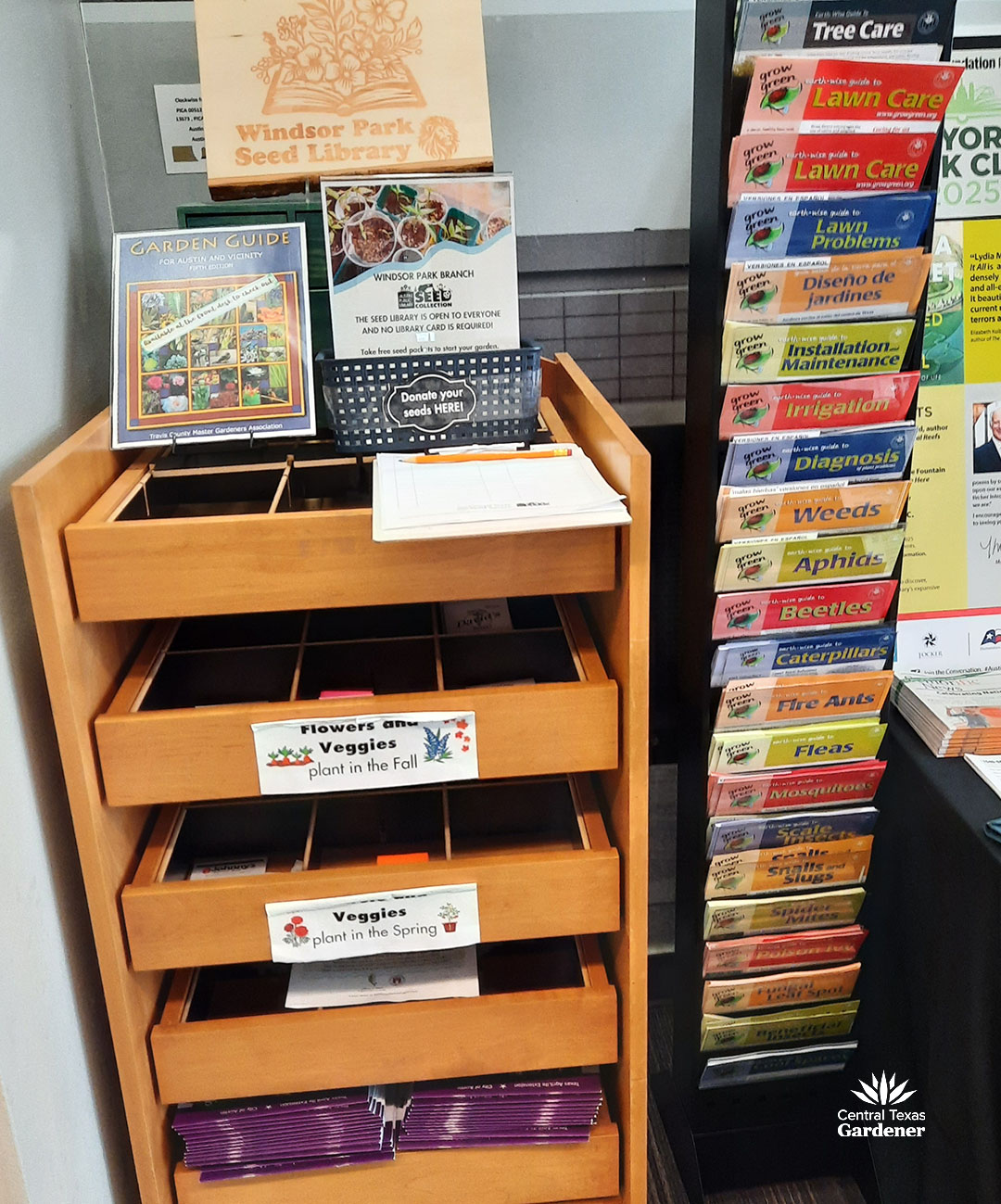
These are seeds that our neighbors grew, so we know they stand a better chance of working for us. Plus, it’s a deep community connection as we grow the habitat highway from neighbor to neighbor. Colleen explains how to label your seeds or pick up new ones.
Thank you for stopping by!

